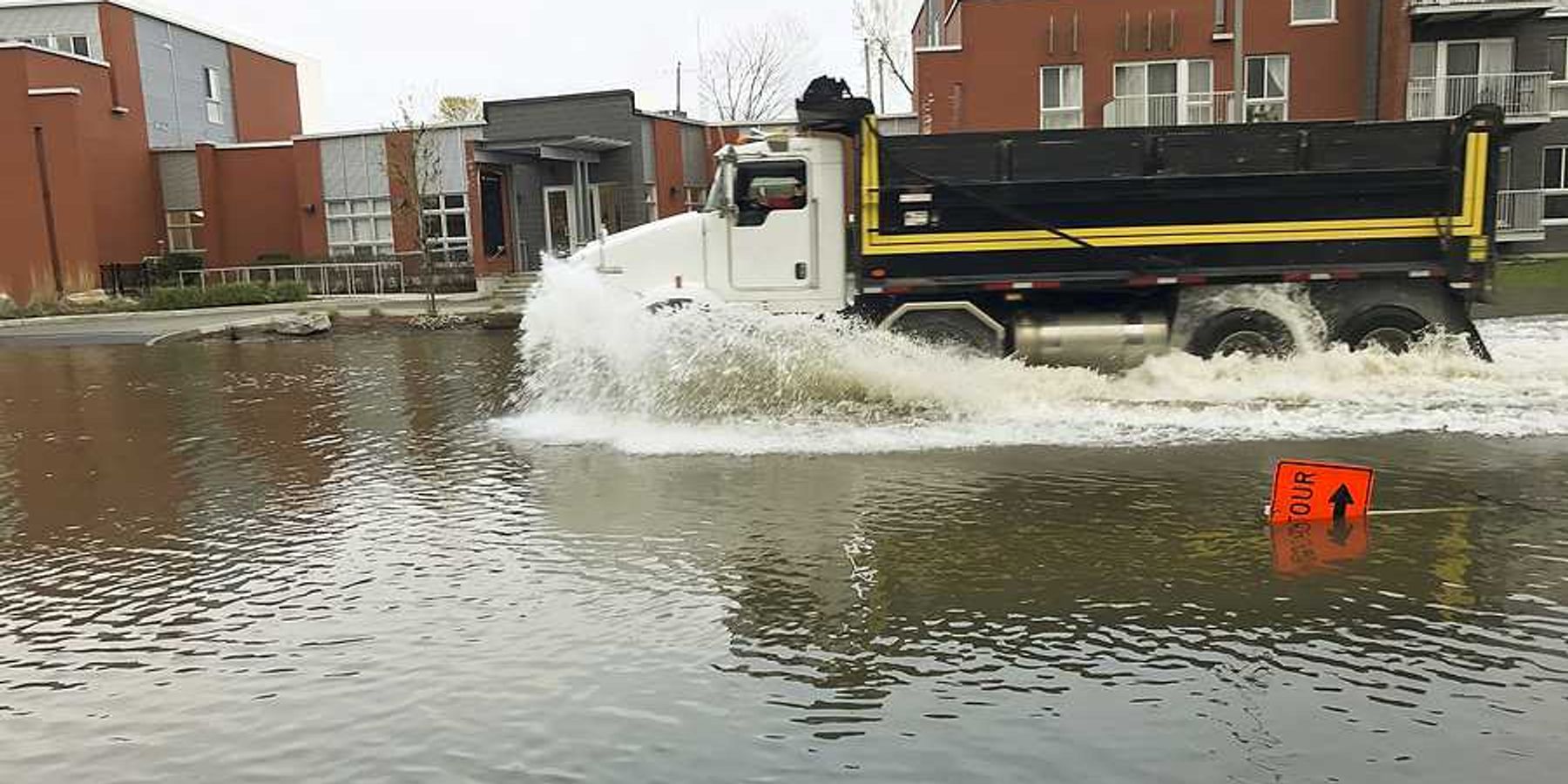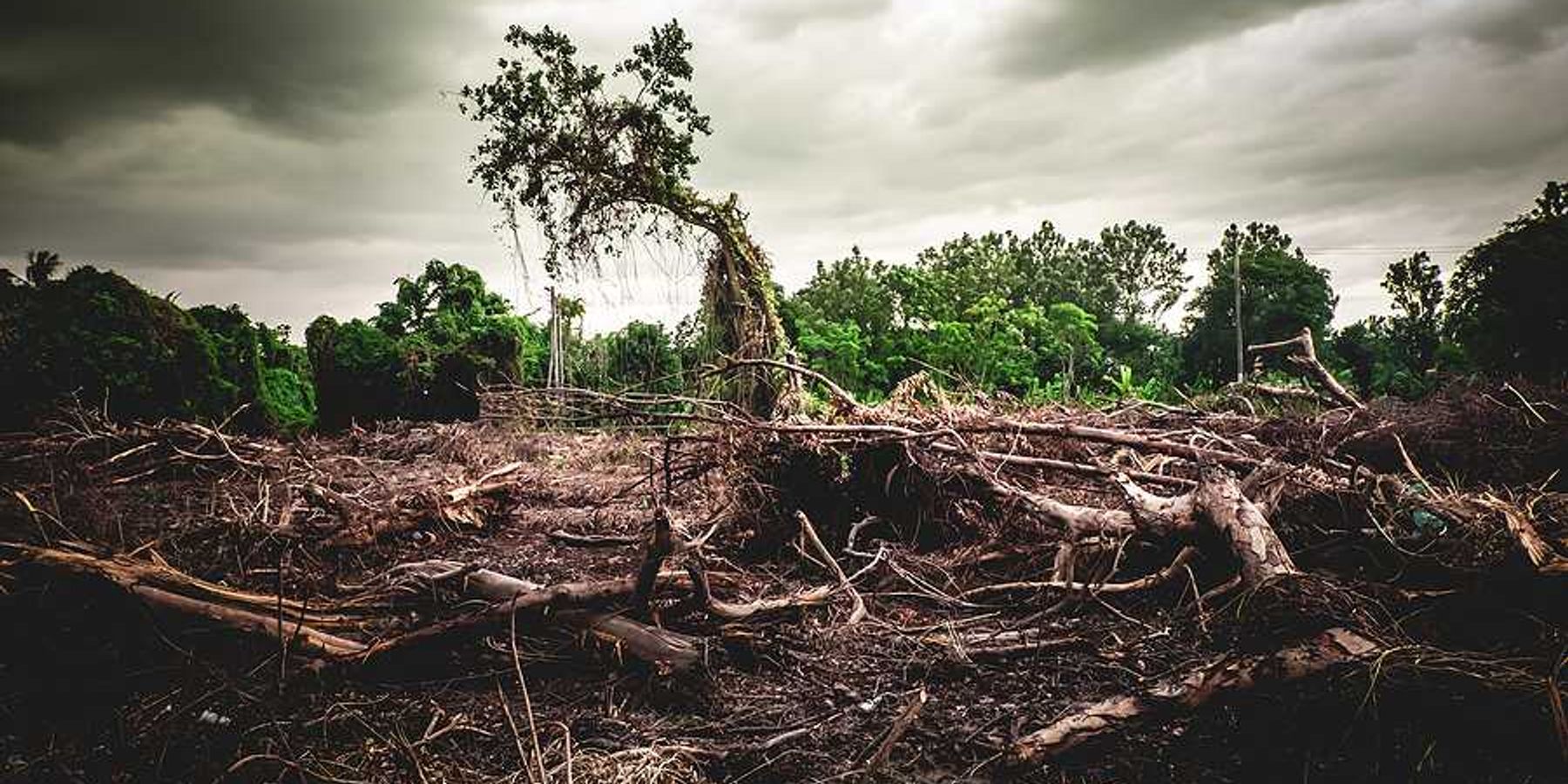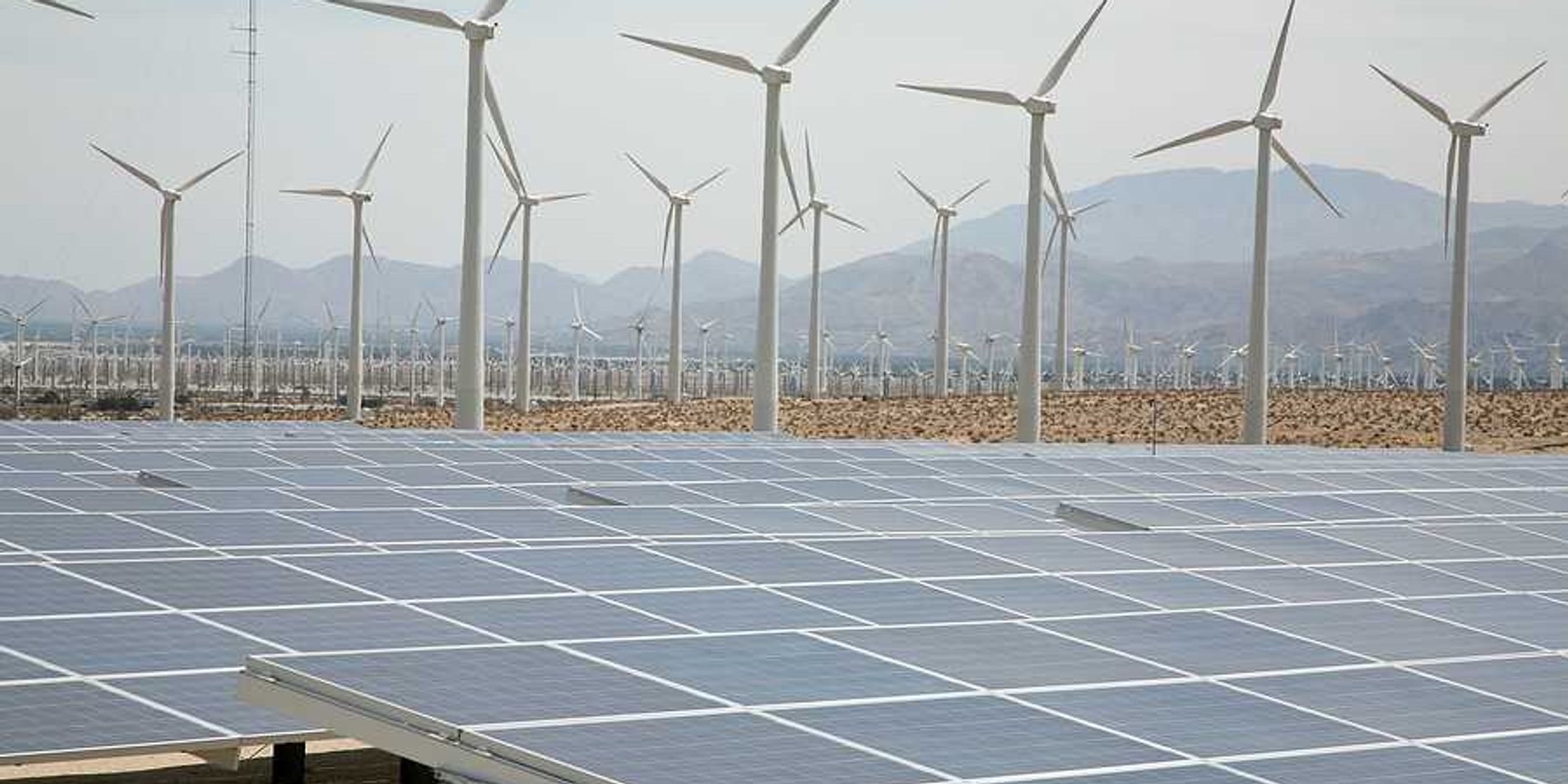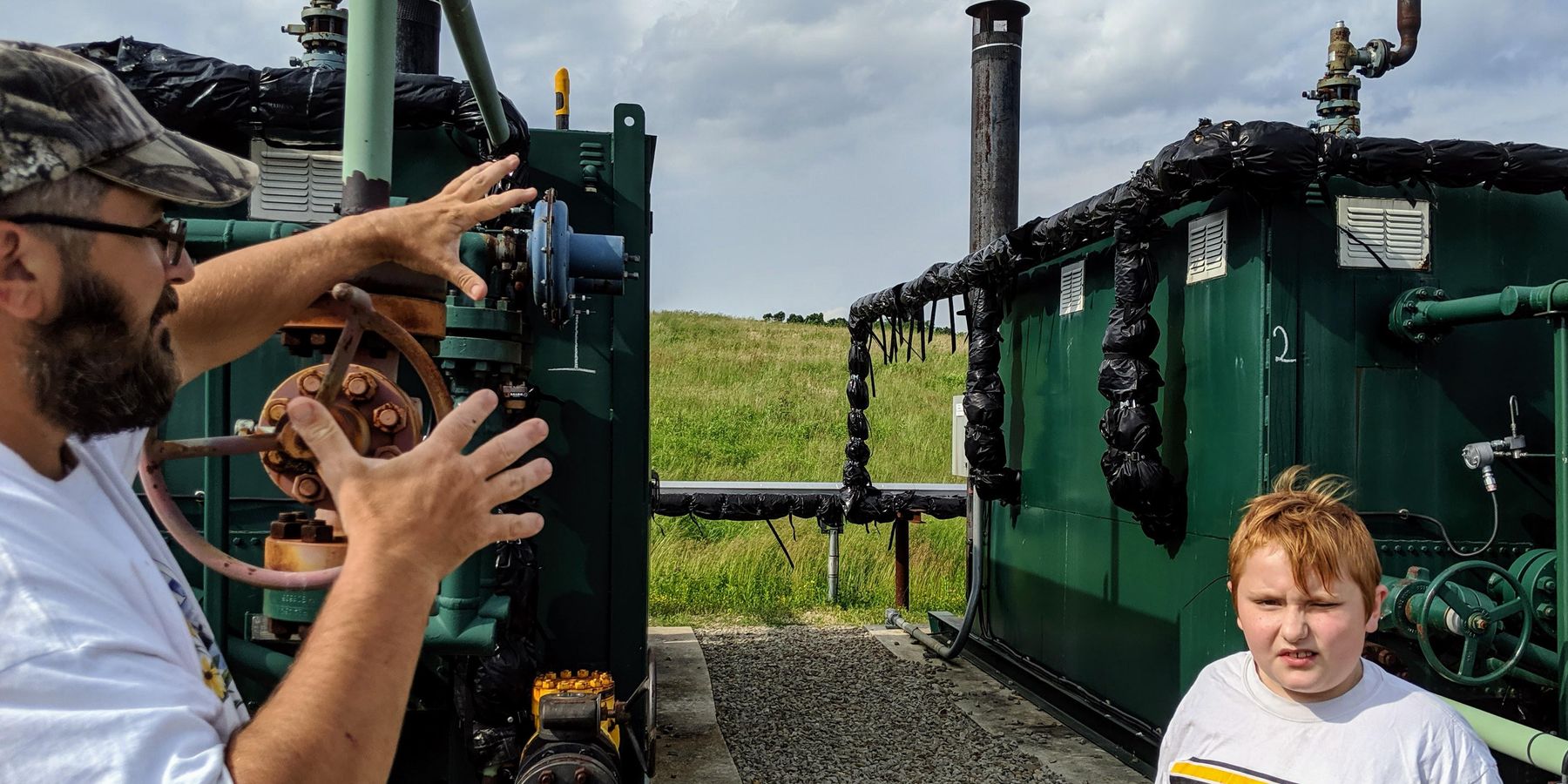
PFAS: The latest toxic concern for those near fracking
The “forever chemicals” are used by the oil and gas industry, but a lack of transparency and accountability makes it impossible to know how widespread contamination could be.
PITTSBURGH—For more than a decade, Bryan Latkanich has discussed his concerns about fracking chemicals contaminating the water and air near his home with anyone who would listen.
Latkanich is a resident of Washington County, Pennsylvania, one of the state’s most heavily fracked regions. In 2020, an Environmental Health News investigation found evidence that Latkanich and his son Ryan had been exposed to harmful chemicals like benzene, toluene and styrene.
Now, researchers have uncovered more harmful substances in Latkanich’s tap water —“forever chemicals.”
Last year it was revealed that these chemicals, collectively referred to as PFAS (per-and polyfluoroalkyl substances), have been used in U.S. oil and gas wells for decades. As far as the experts we spoke with know, this is the first time PFAS that may be linked to fracking have been detected in household drinking water.
The chemicals don’t break down naturally, so they linger in the environment and human bodies. Exposure is linked to health problems including kidney and testicular cancer, liver and thyroid problems, reproductive problems, lowered vaccine efficacy in children and increased risk of birth defects, among others.

Latkanich’s water smells strange and tastes bad, and his son Ryan has emerged from the bathtub or shower with sores on his skin. Latkanich and Ryan have both had a host of ongoing health issues over the last decade, including stomach problems, asthma attacks, rashes and eye irritation; and for Bryan, repeated hospitalization for kidney issues.
“I’m wondering what this stuff does to your joints and your heart, and how it affects everything else I’m feeling,” Bryan told EHN. “My kidneys are already shot. I just want these people to stop. They gotta stop poisoning people.”
Researchers at the University of Pittsburgh recently tested water samples from multiple taps at the Latkanich home. They detected seven of the 14 PFAS they tested for.
“What’s scary is that they didn’t just find one, they found a bunch of PFAS,” Latkanich said. “They don’t even have guidelines on some of these yet.”
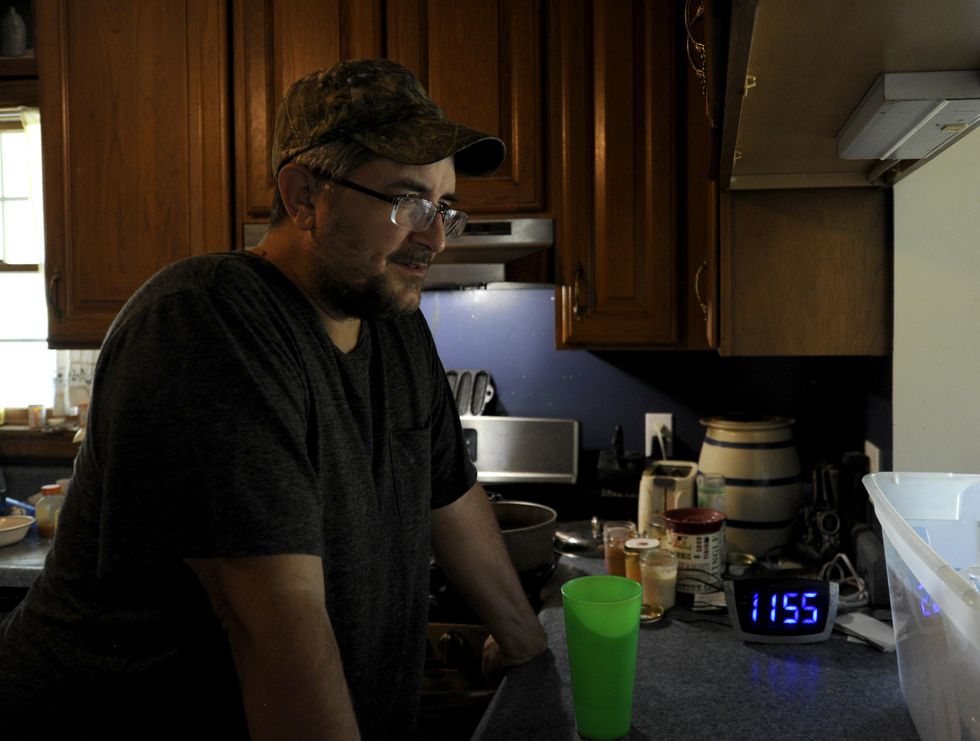
Bryan Latkanich in his kitchen in Washington County, PA.
Credit: Connor Mulvaney/EHN
The chemicals, which are extremely water-repellent, are sometimes used in fracking fluid to make the chemical mixture more stable and to more efficiently flush oil and gas out of the ground at high pressure. There’s also evidence that the chemicals are used during initial drilling and other phases of oil and gas extraction, but companies aren’t required to disclose those chemicals, so there’s no way of knowing how widespread the practice is.
The new findings suggest PFAS contamination may represent yet another problem left in the wake of fracking. But a lack of transparency in the industry makes it impossible to track where the chemicals have been used. And secrecy about ingredients throughout the supply chain for drilling and fracking chemicals make it difficult to hold any one company accountable for PFAS contamination in drinking water, leaving people like Latkanich — and regulators and scientists — in the dark.
“It’s very difficult to conduct scientifically rigorous tests on an industry that operates with so much secrecy,” Dusty Horwitt, a consultant with the environmental health advocacy group Physicians for Social Responsibility, told EHN. Horwitt was a co-author of the report that initially uncovered the use of PFAS in fracking wells.
The PFAS in Latkanich’s water have national implications. Physicians for Social Responsibility’s report found evidence that oil and gas companies, including Chevron and Exxon Mobile, have used PFAS, or substances that could degrade into PFAS, in more than 1,200 fracking wells in Arkansas, Louisiana, Oklahoma, New Mexico, Texas and Wyoming. They also noted that PFAS could have been used in additional states and in additional types of wells.
A 2021 investigation by the Philadelphia Inquirer found evidence that PFAS had been used in at least eight oil and gas wells in Pennsylvania, but the state’s PFAS action team has not publicly addressed the issue of PFAS in the state’s oil and gas wells, and did not respond to questions about whether it is assessing the potential for widespread PFAS contamination from oil and gas wells.
This is especially troubling for people using private drinking water wells like Latkanich, who tend to live in rural areas where oil and gas extraction takes place. An estimated 43 million Americans use private wells, which are not protected by the federal Safe Water Drinking Act and aren’t regulated in most states, so the water isn’t routinely tested or monitored, and the responsibility for cleaning up dangerous chemicals falls to homeowners.
“Considering how toxic and persistent these chemicals are, and the evidence that they have been used in oil and gas extraction for decades,” Horwitt said, “it’s critical for state regulators to start looking for these contaminants in people’s drinking water near oil and gas sites.”
Exceeding health thresholds

Bryan and Ryan Latkanich in front of their home in Washington County, PA
Credit: Connor Mulvaney/EHN
Carla Ng, a researcher who studies PFAS at the University of Pittsburgh and who supervised Latkanich’s water tests, said it’s possible the contamination came from the fracking wells that were previously drilled and operated 400 feet from Latkanich’s home, but there’s no way to know for sure.
“It’s really frustrating that we don’t know exactly what chemicals were used [in the wells], so we don’t even know exactly what to test for,” she told EHN.
In the absence of that information, Ng tested for 14 common PFAS. They detected seven compounds in one or more of the water samples from Latkanich’s home:
- PFOA (Perfluorooctanoic acid)
- PFOS (Perfluorooctanesulfonic acid)
- PFHpA (Perfluoroheptanoic acid)
- PFNA (Perfluorononanoic acid)
- PFDA (Perfluorodecanoic acid)
- PFDS (Perfluorodecanesulfonic acid)
- PFHxS (Perfluorohexanesulfonic acid)
The U.S. Environmental Protection Agency (EPA) recently set new health advisory limits for a handful of the most well-studied PFAS including PFOA and PFOS. Health advisory limits are not enforceable regulations, but are recommended limits on how much of a chemical people should be exposed to over the course of their lives to avoid health risks.
The levels of PFOA and PFOS detected in Latkanich’s water were 280 times higher and 379 times higher, respectively, than the new federal thresholds.
Ng noted that PFAS contamination is widespread in U.S. drinking water, and though they’re well above the EPA’s new guidelines, the levels in Latkanich’s water aren’t uncommon.
“These health advisory limits are basically saying that these compounds are a health concern even at very low levels,” she said. “But at the same time, you’d be hard pressed to find water in the United States that doesn’t exceed those thresholds.”
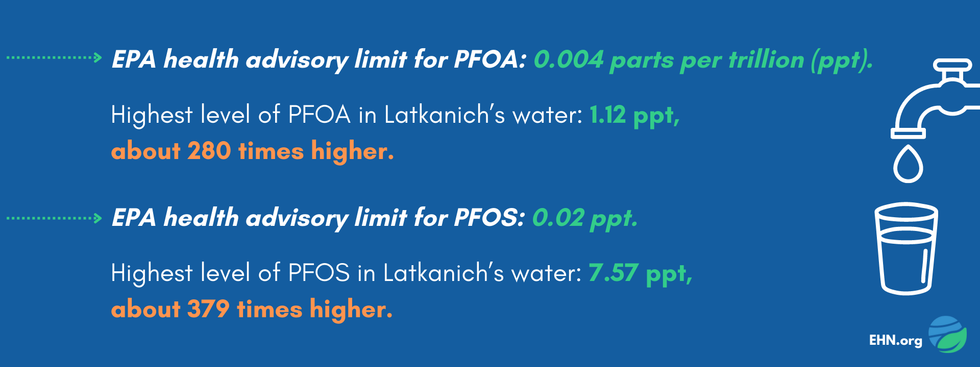
A dangerous lack of transparency
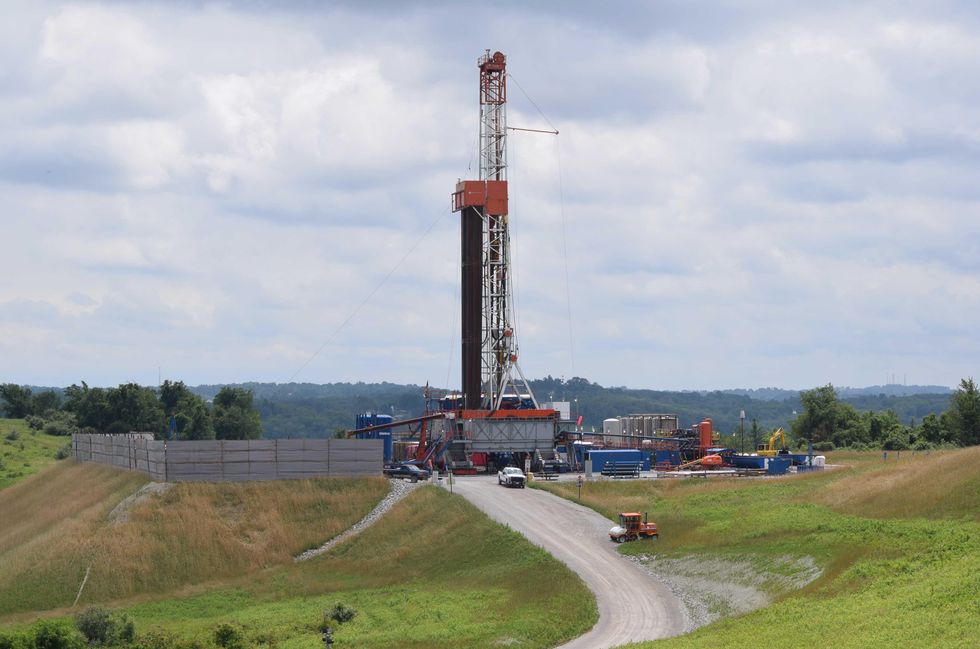
A drilling rig in Washington County, PA.
Credit: Ted Auch, FracTracker Alliance, 2016
In Pennsylvania, fracking companies must publicly disclose what chemicals they use, but they’re permitted to withhold “trade secrets.” This exemption is used frequently. “Secret” ingredients were used in more than half of Pennsylvania fracking wells developed between 2013 and 2017, with the most heavy usage of secret chemicals occurring in southwestern Pennsylvania, where Latkanich lives.
Pennsylvania isn’t alone. Most states with oil and gas development have trade-secret loopholes in their chemical disclosure laws. In Colorado, for example, 414 million pounds of chemicals used in the state’s fracking wells were left unidentified as “trade secrets” between 2011 and 2021, according to a 2022 report from Physicians for Social Responsibility.
In some states, like Pennsylvania, oil and gas companies are required to disclose complete lists of fracking chemicals to regulators, including ingredients that are withheld from the public as trade secrets. However, a new report, published this month by Physicians for Social Responsibility, found that manufacturers of the chemical mixtures used in fracking wells aren’t required to disclose complete lists of ingredients to oil and gas companies in most of those states, including Pennsylvania.
“Chemical manufacturers know best what ingredients are being used, but they often don’t tell companies further down the supply chain because they don’t have to,” said Horwitt, lead author of the new report. “This means regulators might not be getting the information they’re supposed to.”
“They knew this stuff could be in there, but they never looked for it”

Bryan Latkanich in his Washington County, PA home.
Credit: Connor Mulvaney/EHN
Latkanich’s drinking water has been plagued with problems since two fracking wells were drilled in his backyard in 2011 and 2012. The wells were plugged in 2020, but because PFAS are so persistent, Ng said, it’s possible that contamination built up in the plumbing and pipes.
Numerous organizations have tested the Latkanich’s water, including Environmental Health News, the Pennsylvania Department of Environmental Protection (DEP) (DEP), and Chevron, the company that drilled, operated and plugged the fracking wells on Bryan’s property.
Environmental Health News’s testing found chemicals including butyl cyclohexane, tetradecane and naphthalene in Latkanich’s water. The Pennsylvania Department of Environmental Protection found methane and radium, but has stated Chevron is not responsible for any contamination because similar contaminants were detected in pre-drill water samples. Chevron also tested his water and maintained that their wells did not cause contamination.
But no one had tested Bryan’s water for PFAS before now.
“The DEP isn’t checking for this stuff because they don’t want to find it,” Latkanich said. “I’ve been trying to figure out what’s wrong with my water since 2013. They knew this stuff could be in there, but they never looked for it.”
Despite repeated requests, the Pennsylvania Department of Environmental Protection refused to answer questions about whether they’d received complete lists of the chemicals used in the wells on Latkanich’s property from Chevron, and why the agency had never tested his water for PFAS.
Agency spokesperson Neil Shader said the agency is conducting a new investigation into Latkanich’s water. He refused to say whether the investigation will include screening for PFAS. Latkanich said he had not heard from anyone at the state agency regarding a new investigation and that they had not collected any new water samples.
The Pennsylvania Department of Environmental Protection recently tested drinking water throughout the state for PFAS, but those tests didn’t include any private wells or drinking water sources near oil and gas sites.
Shader refused to answer questions about why the agency didn’t look at oil and gas sites as part of its statewide PFAS investigation and whether it will do so in the future.
Pennsylvania is second in the nation for the number of private wells (behind Michigan). More than three million Pennsylvanians rely on private wells, mostly in rural areas where oil and gas development occurs. Private wells aren’t regulated in the state, so people living near oil and gas sites who are concerned about PFAS currently have no option but to pay for their own testing, which costs around $200 per sample, according to Ng.
“We should be thinking about how to enable more widespread testing of well water throughout Pennsylvania to figure out the potential scale of this problem,” Ng said.
Unsolvable mysteries
When he found out that PFAS were in his water, Latkanich initially thought it might prove that the fracking wells on his property had caused the contamination.
“Then I found out every place seems to have these things,” he said.
Chevron publicly disclosed using “nonionic fluorosurfactants” in 38 records in Texas and New Mexico from 2013-2015, according to public records accessed through OpenFF, a tool for searching public disclosures related to fracking chemicals. Nonionic fluorosurfactants may be PFAS, or may include chemicals that can break down into PFAS, according to Ng.
Chevron refused to answer EHN’s questions about its use of nonionic fluorosurfactants, about whether these compounds or PFAS were ever used in the wells on Latkanich’s property or any of its other Pennsylvania wells, and about whether it had ever disclosed complete lists of the chemicals used in Latkanich’s wells to the Pennsylvania Department of Environmental Protection.
“Mr. Latkanich has raised concerns with Chevron and the Pennsylvania Department of Environmental Protection about various issues since 2011,” Chevron spokesperson Deena McMullen said in an emailed statement. “His repeated accusations that Chevron contaminated his water and damaged his home have been disproved.”
Without a complete record of the chemicals used in the fracking wells on his property, there’s no way to solve the mystery of whether Latkanich’s PFAS contamination came from the wells or some other source.
Plumber’s tape or plumber’s grease used in the home could contain enough PFAS to explain the levels of some of the chemicals, Ng said, while others are less easily explained by common household contamination sources.
For example, PFDS, which was detected in several of Latkanich’s samples, was phased out of most consumer products years ago.
Latkanich has been buying bottled water for years, but he and his son still bathe with well water. That’s a less direct exposure than eating or drinking PFAS, Ng said, but is still a source of exposure.
Scientists are still learning about the potential harms of exposure for most PFAS, but PFOS and PFOA have been studied extensively.
Exposure to both PFOS and PFOA have been linked to elevated cholesterol, changes in liver function, changes in thyroid hormone levels and reduced immune response. Exposure to PFOA has additionally been linked to an increased risk of kidney and testicular cancer.
Both of those compounds were found in Latkanich’s water at levels hundreds of times higher than the EPA’s health advisory levels, “but it’s hard to look at one sample of water and say, ‘this is what you can expect in terms of health effects,’” Ng said.
“We know about the health impacts for some of these individual compounds,” she added, “but scientists are just starting to come up with an understanding of how these add up in the body.”
See part 2, How Colorado is preventing PFAS contamination from the oil and gas industry

